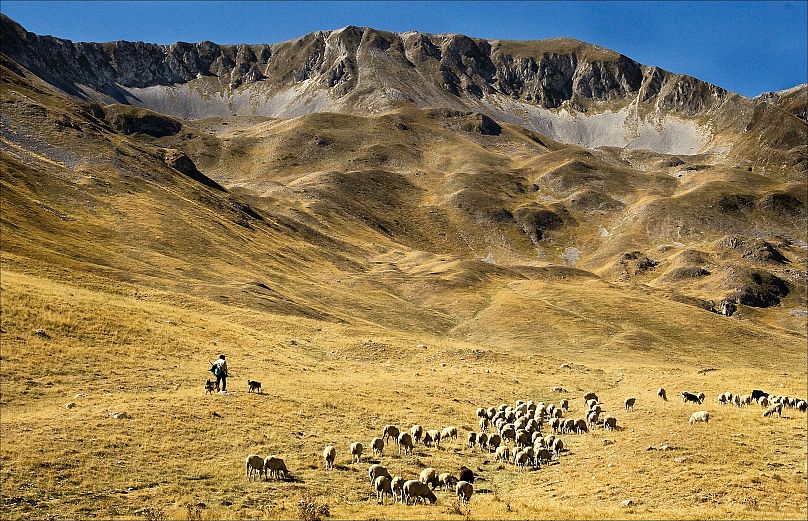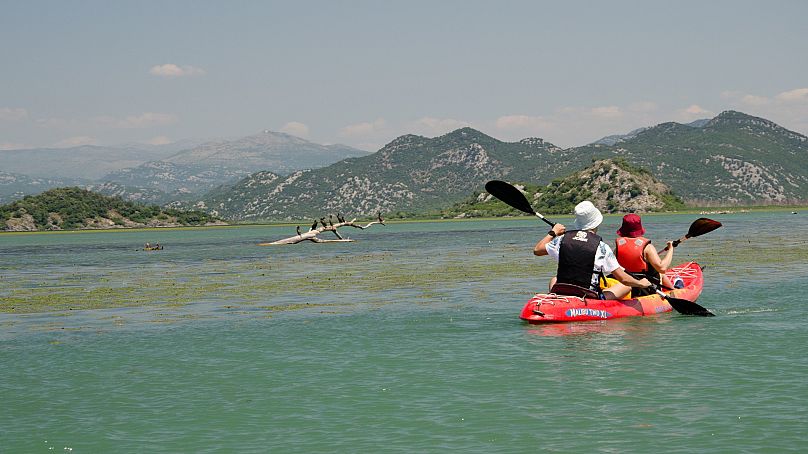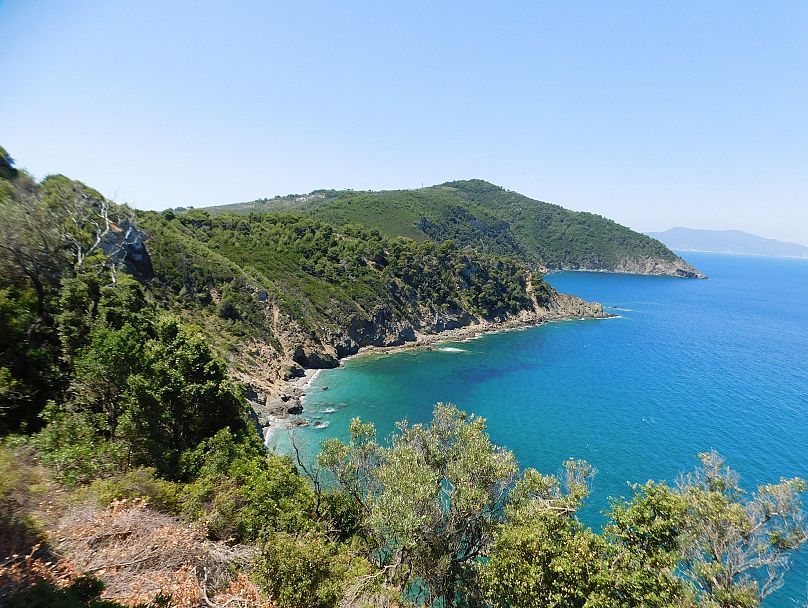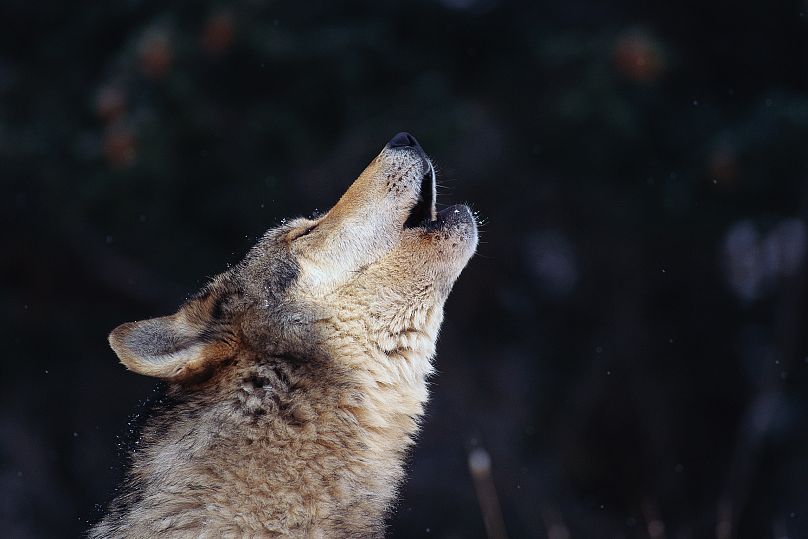From rewilding habitats to protecting endangered species, discover five places in Europe your holiday can benefit nature.
Sarah Faith is a content and values writer at activist travel company, Responsible Travel.
Only 40 to 60 Marsican brown bears are left in the world. All of them wander the wild mountains and ancient beech forests of central Italian Apennines.
A holiday there could hold the key to their salvation.
While the Marsican brown bears are not alone in their plight, there is hope. A recent study has shown European wildlife is fighting back, with populations across a range of species, from beavers to bison, golden jackals to grey wolves dramatically increasing since 1960.
Tourism that goes beyond leaving no trace can accelerate this recovery. It’s called nature-positive tourism and, contrary to the original aims of ecotourism, it is one hundred per cent about leaving a trace. A positive trace that delivers tangible benefits for nature and the local communities called upon to protect it.
Working with holiday companies all over the continent, Responsible Travel has begun mapping the places where tourism is restoring habitats and helping wildlife thrive.
Here are five places in Europe where your holiday can help save nature.
Help reduce human-bear conflict in the Italian Apennines
The mountains and meadows here – under two hours from Rome – may feel remote compared to the city, but this isn’t an untouched wilderness.
The Marsican brown bears’ last refuge in Europe has been fragmented and degraded. And it is people – protecting their horses and cattle - who still pose the biggest threat to bears now.
All that might be about to change.
The development of responsible, nature-based tourism is giving local people another option. It creates opportunities for them to stay in rural villages and benefit economically from the wildlife around them.
Instead of resenting the bears, tourism here aims to reduce human-bear conflicts while protecting and rewilding their habitat. Take a hike through the Central Apennines with Exodus Travels, and you’ll help rewild 100 square metres of land just by booking your trip.
Boost Dalmation pelican numbers in Lake Skadar, Montenegro
Surrounded by dramatic karst mountains, the calm waters of Lake Skadar straddle Montenegro and Albania. They offer some of the best kayaking and wild swimming in Europe.
It’s also an important breeding ground for one of Europe’s rarest birds: the enormous Dalmatian pelican. This majestic animal has a wingspan of over three and a half metres.
Tourism businesses here are working with the Lake Skadar National Park and CZIP (a Montenegrin bird protection charity). They are funding the installation and maintenance of artificial breeding platforms to boost the number of nesting birds.
And it’s working. Dalmatian pelican numbers on Lake Skadar have almost doubled over the last five years, with estimates that the lake’s natural biodiversity could support many, many more.
Swim, kayak, hike, and explore on a Lake Skadar family activity holiday and help continue the work to protect the pelican’s breeding sites.
Become a citizen scientist in Alonissos, Greece
Tourism is a double-edged sword for the dolphins and endangered Mediterranean monk seals of the National Marine Park of Alonissos and Northern Sporades. It is Europe’s largest marine protected area.
Pollution from coastal resorts and marine traffic, fishing waste, and by-catch from commercial fishing, is having devastating impacts on the health of marine mammals living here. But, tourism is paving the way for their protection too.
Join Natural Greece and the Hellenic Society for the Study and Protection of the Monk Seal (MOm) on a sailing holiday that combines chilled-out Greek island life with citizen science.
On board, you’ll learn how to record sightings of Risso’s dolphins, striped dolphins, bottlenose dolphins, short-beaked common dolphins, and more.
The data you collect is added to an ongoing repository of information which is used to inform future conservation measures in the Aegean.
Protect the UK’s natural biodiversity in Devon, UK
The UK’s quintessentially green and pleasant land isn’t quite as much of an idyll for wildlife as we’d like to think. With just 53 per cent of its natural biodiversity remaining, the UK is one of the most nature-depleted countries in the world.
But, a farm-turned-holiday accommodation in the North Devon Biosphere Reserve is showing just what tourism can do for beleaguered native wildlife.
A stay in one of the off grid cottages or eco-lodges at Wheatland Farm helps set aside 21 acres of land here for wildlife, not food.
And in doing so has regenerated a Site of Special Scientific Interest home to a carpet of wildflowers, bees, and butterflies.
Help the Serra de Estrela Mountains, Portugal recover from wildfires
Sheep-rearing and other rural industries have taken their toll on the Serra de Estrela Natural Park, Portugal’s largest protected area.
While they may shape the cultural landscape, traditional human activities are at odds with sustainable forest living. And recent wildfires – the living effects of climate change – have devastated large swathes of the park. Tourism is vital in helping this region recover economically without resorting to mineral exploration or more destructive industries.
Stay at Vale de Moses, a yoga retreat dedicated to sustainably managing its corner of the Serra de Estrela forest.
The retreat makes its own compost (which it uses to improve soil quality), has reintroduced native species and is clearing low-level vegetation to allow large trees to thrive. The latter is a natural way to slow future forest fires and floods.
Save ancient forests in Swedish Lapland
Sweden’s vast logging industry is touted to be one of the world’s most sustainable. But behind a veneer of green credentials lie thousands of square kilometres of old-growth Boreal forest- carpeted in berries and lichens - razed to the ground to produce wood for paper and biomass pellets.
70 per cent of Sweden’s lichen-rich ancient forests have been lost in the last 60 years.
And it's not only Swedish wildlife that depends on these irreplaceable forest ecosystems. Indigenous Sami communities, whose reindeer forage on the lichens, do too. Their culture and livelihoods are inextricably intertwined with the survival of the reindeer they herd.
There is hope though. Recently indigenous groups, conservationists, and youth activists have called for a change in Swedish forest policy. They hope to reduce the amount of clear cutting and increase the use of forests for other products, including tourism.
Wild Sweden is using nature-based forest tourism to show that rural areas can generate a sustainable income by keeping their ancient forests standing. Track moose, experience the thrill of a husky sled ride, catch a glimpse of the Northern Lights and stay at a remote Sami camp on this wild winter adventure.






















